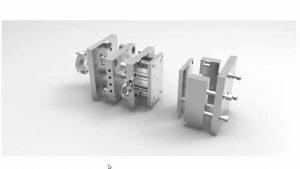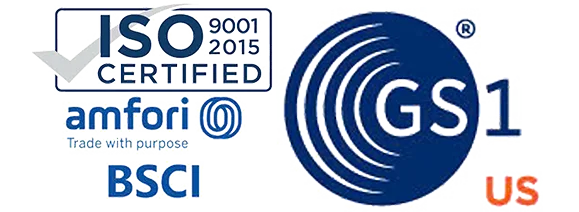Molds are crucial as they directly impact the molding machine and product quality. Using inappropriate molds can result in defects in the product. Below are the necessary requirements for a standard mold:
- The mold should be capable of producing products according to the design specifications, with tolerances for size, accuracy, and appropriate durability.
- thin and uniform structure, unaffected by variations in wall thickness
- Uniformity in the cooling structure ensures consistent distribution of temperature
- It should allow for rapid filling and solidification, enabling the product to be ejected smoothly and uniformly from the mold without causing any distortion
- resist premature wear, ensuring high durability.
- sufficient hardness to withstand the high-speed injection process of the molding machine.
To meet these requirements, careful consideration should be given to selecting the most suitable mold based on factors such as end-users, mold manufacturers, plastic suppliers, and plastic injection machine manufacturers.
The shape of molds for plastic injection molding machines is primarily defined by the runner and gating system, as well as the product ejection system… Basically, molds have in common the parting line, which is placed on the fixed plate (on the injection side) and the core of the mold is on the moving side. Plastic molds are mainly divided into two main types: “Two-plate molds” and “Three-plate molds”
-
Two-plate molds
In a two-plate mold, the parting line and runner are positioned horizontally with respect to the product. It’s ready for designing three types of gating as follows: Side gate – the runner is ejected along with the product; Submarine gate – plastic is injected through the runner and gate; Direct gate – plastic is directly injected from the runner into the cavity.

Advantages of two-plate molds:
- The simple structure facilitates the mold disassembly process
- The two-plate mold offers better durability and shorter mold clamping time compared to the three-plate mold, ensuring high-speed operation
- Relatively flexible in selecting the type and position of gates, such as direct gates, sub gates, edge gates..
Disadvantages of two-plate molds: There are numerous types of gates to choose from after machining.
Types of gates: Direct gate, Edge gate, Stack gate, Fan gate, Film gate.
2. Three-plate mold:
A three-plate mold consists of a fixed plate, a movable plate, and a runner plate. The runner is located on a plane different from the parting line, allowing it to be easily ejected when the mold opens.

Advantages of two-plate molds:
- The ideal gate position is usually placed beforehand as it can be located at any position on the product.
- No post-machining requirement because the pin-point gate system is pre-existing
Disadvantages of two-plate molds :
- Requires mold expansion. Long mold opening and closing times due to the cycle time
- Requires cooling for the runner, and cooling time is long depending on the product
Types of Gates: Pin-point Gate.
3. ATT Viet Nam :
ATT Vietnam is also a specialized agent providing high-quality and competitively priced plastic injection molding products. For more detailed information about the plastic injection molding process, please feel free to contact us for further consultation.
Address: Lot 32 Bai Say, Zone Cau Do 5, Ha Cau Ward, Ha Dong District, Ha Noi, Vietnam.
Factory: Lot CN6, Thach That – Quoc Oai Industrial Zone, Thach That District, Hanoi, Vietnam.
Email: [email protected]
Mobile: +84 2432 003 219
Hotline: +84 979 011 304 (Zalo/Whatsapp/Telegram)

